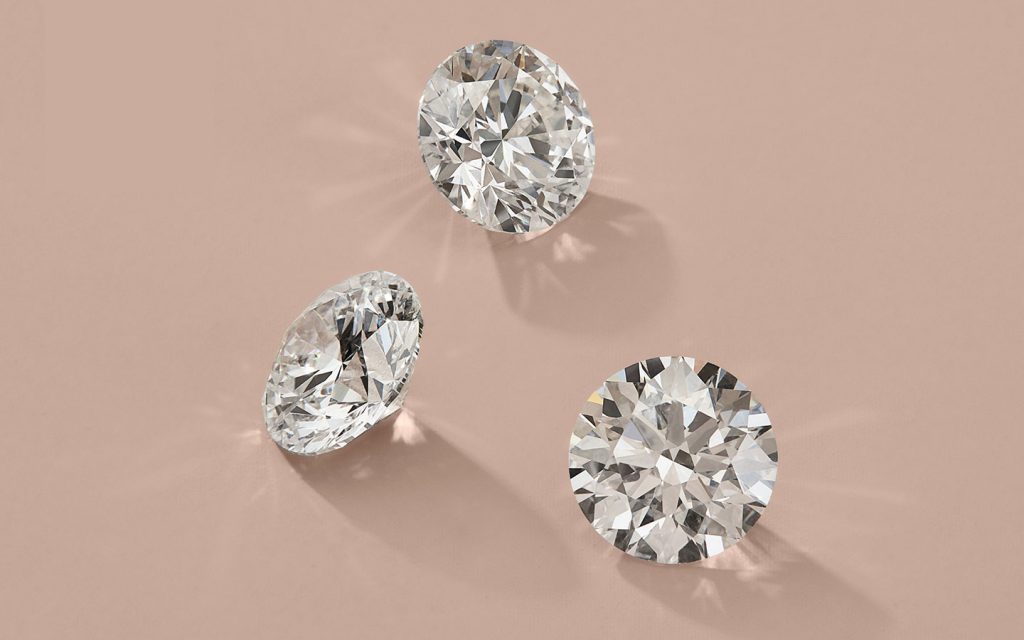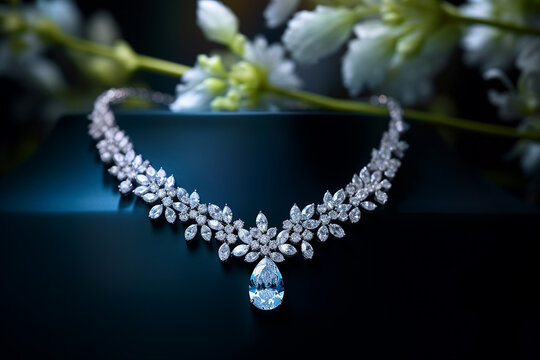
Diamond vs Moissanites: A Comprehensive Guide to Lab-Grown Gems
In the realm of lab-grown gemstones, two contenders stand out: diamond vs moissanites. Both options provide brilliant sparkle and ethical sourcing, but they possess unique qualities that appeal to different preferences. In this article, we will explore the intricate details of these two magnificent gems, examining their properties, advantages, and ideal uses.
Table of Contents
ToggleUnderstanding Diamonds: The Classic Choice
Diamonds have long been revered as the ultimate symbol of love and commitment. With their timeless beauty and exceptional hardness, diamonds hold a special place in the jewelry industry.
The Formation Process of Diamonds
Lab-grown diamonds are created using advanced technology that mimics the natural formation of diamonds. There are two primary methods utilized for this process. The High Pressure High Temperature (HPHT) method replicates the extreme conditions under which natural diamonds form in the Earth’s mantle. Alternatively, the Chemical Vapor Deposition (CVD) method utilizes gases to form a diamond layer on a substrate, allowing for the production of high-quality diamonds. Both methods yield diamonds that are chemically, physically, and optically identical to their mined counterparts.
Unique Properties of Diamonds
Diamonds possess remarkable properties that contribute to their desirability. They score a perfect 10 on the Mohs scale of mineral hardness, making them the hardest known natural material. This quality ensures they resist scratching and maintain their brilliant luster over time. The refractive index of diamonds is exceptionally high, contributing to their signature sparkle. This brilliance is further enhanced expert cutting, allowing light to enter and exit the gem flawlessly. Additionally, diamonds come in various colors, from classic clear to vibrant yellows and even rare pinks and blues, providing numerous options for personalized jewelry.
Ideal Uses for Diamonds
Diamonds are often the gemstone of choice for engagement rings, anniversary gifts, and heirloom pieces. Their durability and classic appeal make them suitable for everyday wear, while their beauty ensures they remain a stunning addition to any jewelry collection.
Exploring Moissanites: The Modern Alternative
Moissanite, originally discovered in a meteorite, has emerged as a popular alternative to diamonds, especially among those seeking an ethically sourced gemstone. With its captivating brilliance and affordability, moissanite has garnered significant attention in the jewelry market.
The Formation Process of Moissanites
Today, most moissanite available for purchase is lab-created, ensuring that no ethical concerns arise regarding sourcing. The process involves recreating the conditions under which natural moissanite would form, resulting in a gemstone that shares many visual similarities with diamonds but is distinct in its chemical composition.
Unique Properties of Moissanites
Moissanites boast several impressive properties. They are nearly as hard as diamonds, scoring between 9.25 and 9.5 on the Mohs scale, making them exceptionally durable and suitable for everyday wear. One of the most remarkable features of moissanite is its brilliance, which surpasses that of diamonds due to its higher refractive index. This results in a fiery sparkle that can be more pronounced than that of diamonds. Additionally, moissanites are often more affordable than diamonds, allowing consumers to purchase a larger or higher-quality stone within the same budget.
Ideal Uses for Moissanites
Moissanites are increasingly popular for engagement rings, earrings, and other fine jewelry pieces. Their affordability and striking appearance make them an attractive option for those who desire the look of a diamond without the associated cost. Furthermore, their durability makes them suitable for daily wear, appealing to a wide range of consumers.
Comparing Cost and Value
When considering the cost of diamonds versus moissanites, the difference can be significant. Lab-grown diamonds, while typically less expensive than their mined counterparts, still command a higher price than moissanites. Moissanites offer an economical choice for consumers looking for a high-quality stone without the premium price tag associated with diamonds. This cost advantage allows buyers to consider larger stones or more intricate settings while remaining within budget.
Environmental and Ethical Considerations
Both diamonds and moissanites offer ethical advantages compared to mined gemstones. lab grown diamonds are created without the environmental impact of traditional mining practices, while moissanites, being lab-created, avoid any ethical dilemmas associated with gemstone sourcing. Consumers increasingly value the transparency of these processes, contributing to the growing popularity of both options in the market.
Choosing Between Diamonds and Moissanites
The decision between diamonds and moissanites ultimately depends on personal preferences and values. Those who prioritize tradition and the classic symbolism of diamonds may opt for a lab-grown diamond, appreciating its timeless beauty and hardness. Conversely, consumers seeking a modern alternative with exceptional brilliance and affordability may find moissanites to be the ideal choice.
Related Posts

GIA vs IGI: Understanding Lab-Created Diamonds

The Ultimate Guide to Barbershop Services in Coral Gables

